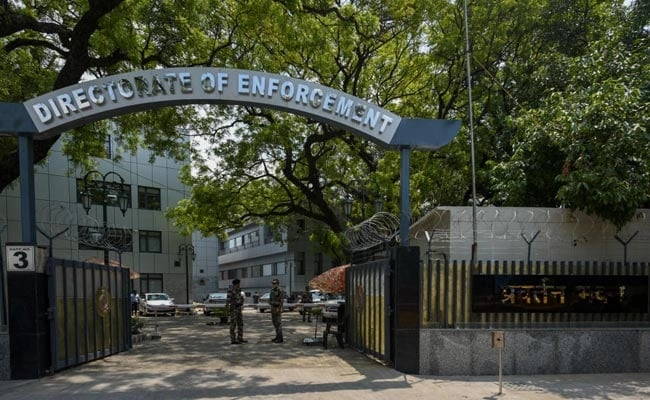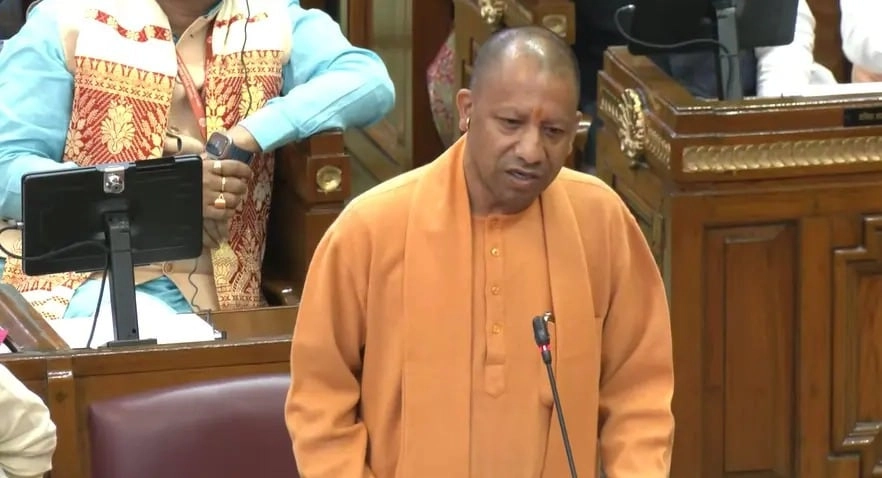The tragic stampede in Bengaluru has drawn attention not only due to the loss of life and injuries but also because it highlights the consequences of inadequate planning and last-minute arrangements. Reports indicate that the event, which was marked by chaos and confusion, could have been mitigated with better foresight and organization. Eyewitness accounts suggest that the crowd management strategies were severely lacking, leading to a situation where panic ensued among attendees. This incident raises critical questions about the responsibilities of event organizers and local authorities in ensuring safety during large gatherings.
A letter dated June 3 has surfaced, contradicting earlier statements made by officials regarding the planning processes for the event. This correspondence indicates that there were significant lapses in communication and coordination among various departments. While the letter may have been intended to clarify the measures taken, it ultimately exposes a troubling oversight in the event’s execution. Authorities are now under scrutiny for their failure to address potential hazards, especially given the large turnout expected. This situation serves as a stark reminder of the importance of thorough planning and the necessity of having contingency plans in place to handle emergencies effectively.
As investigations continue, the focus has shifted to understanding how such a calamity could occur in a city known for its vibrant culture and numerous public events. The stampede not only resulted in a tragic loss of life but also left many questioning the preparedness of local governance. Public sentiment is increasingly leaning towards accountability, urging officials to take responsibility for the oversight that led to this unfortunate event. Moving forward, it is imperative that lessons are learned from this incident to prevent similar occurrences in the future. Improved crowd management protocols, enhanced communication among organizing bodies, and comprehensive safety measures are essential to safeguarding the public in future events.




